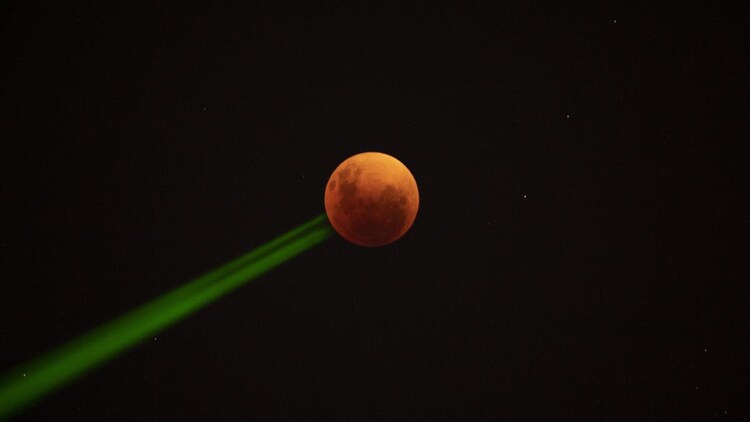
Lunar eclipse 2023: The rare celestial event which will not happen again till 2042
A lunar eclipse is an astronomical phenomenon that occurs when the Earth comes between the Sun and the Moon. The 2023 lunar eclipse is unique and will not repeat for nearly two decades.

In Short
- Lunar eclipses can be total or partial
- Partial lunar eclipse happens when a segment of the Moon passes through Earth's shadow
- It will observe the Moon moving through the faint, outer part of Earth's shadow
Days after sky gazers were treated to a unique solar eclipse, another celestial event is about to unfold. A lunar eclipse will be observed in some parts of the world as the Sun Moon and Earth align together.
The lunar eclipse follows the solar eclipse, which was observed in parts of Australia earlier this month as the Moon came in between the Sun and the Earth. However, for a lunar eclipse, the alignment is a little different.
WHAT IS A LUNAR ECLIPSE?
A lunar eclipse is an astronomical phenomenon that occurs when the Earth comes between the Sun and the Moon, casting a shadow on the Moon's surface. This alignment of the Sun, Earth, and Moon results in a rare and spectacular display of light and shadow, as the Moon is briefly bathed in a reddish hue during the eclipse.

Lunar eclipses can be total or partial. A partial lunar eclipse happens when a segment of the Moon passes through Earth's shadow. During partial eclipses, Earth's shadow frequently looks pretty dark on the side of the Moon. However, what can be seen from Earth depends on how the Sun, Earth, and Moon align.
Also Read | First image of powerful jets exploding from black hole captured
WHEN IS LUNAR ECLIPSE 2023?
The lunar eclipse will occur on May 5 as the Moon rises above and is shadowed by Earth. The celestial event will occur at 8:44â€ïpm. The lunar eclipse will be visible in most parts of the nightside world on the day given clear sky conditions. While some places on Earth will see parts of the eclipse, others will see the full extent of the celestial phenomenon.
WHY IS THIS LUNAR ECLIPSE UNIQUE?
The May 5 lunar eclipse is unique since it will not repeat for nearly two decades. Also called a penumbral eclipse, it will observe the Moon moving through the faint, outer part of Earth's shadow known as the penumbra. The penumbral lunar eclipse is difficult to observe due to the subtle dimming effect and the imperfect alignment of the Sun, Moon, and Earth.
Also Read | Why landing on the Moon is dangerous and so punishing
Due to the imperfect alignment of the three celestial bodies, Earth blocks some of the Sun's light from directly reaching the Moon's surface and covers all or part of the Moon. The Earth is covered just by the outer part of the shadow known as the penumbra, which is lighter than the darker part of the shadow known as the umbra.
For a lunar eclipse to occur, two conditions are essential. First, there should be a full moon phase and secondly, the Sun, Earth, and Moon must be nearly aligned.
The lunar eclipse set to occur in May is unique since it will not happen again for another 19 years. The next penumbral eclipse will only occur in September 2042.
Also Read | AI discovers new planet outside Solar System

